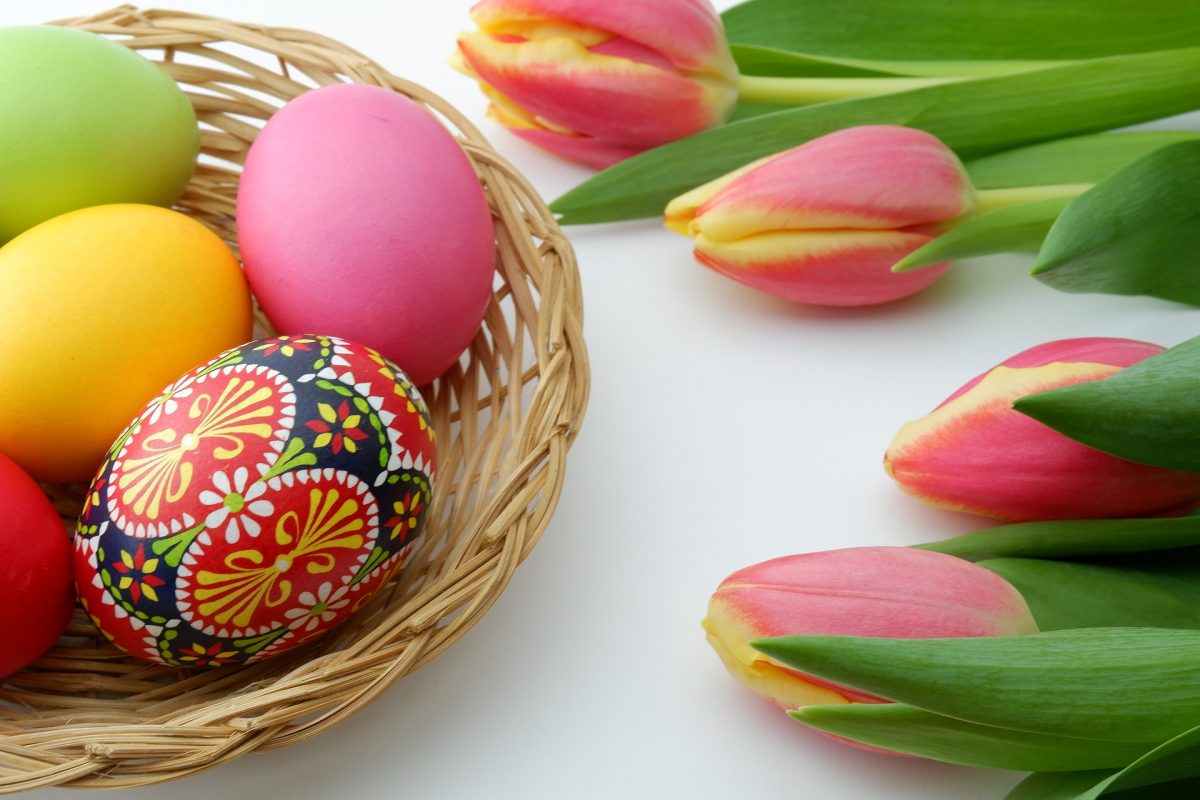Why is Easter Celebrated in Spring?
The Spring celebration was originally dedicated to the goddess Eostre or Eastre before it was adopted into the Christian faith.
In English, it’s pronounced Easter. Ancient Anglo-Saxons worshiped her as the goddess of dawn and the Vernal Equinox. Her name is a tribute to the rising sun in the morning.

The changing of the seasons is a common theme in most major holidays. Christmas is a prime example of this.
The New Testament does not reveal the exact date of Jesus’ birth. Many experts, on the other hand, believe that the date of Jesus’ birth, December 25, was chosen because it coincided with the Roman calendar’s winter solstice.
This is a perfect allegory for the birth of “the light of the world” as stated in the Gospel of John since the days after the winter solstice gradually become longer and less dark.
In a similar way, Easter happens close to the vernal equinox (about March 20), which marks the beginning of spring and marks the end of winter.
For people living in northern latitudes, the arrival of spring signals the end of the long, frigid months of winter.
Aside from flowers and trees that have been dormant all winter, spring also brings with it the birth of new animals and plants.
It was only natural to commemorate Jesus’ resurrection at this time of year, given the significance of fresh life and rebirth.
Rabbits were revered as a sign of prosperity during spring rituals, and the Easter Bunny continues this tradition.
The veneration of these reproductive symbols extended to the eggs as well. New life is symbolized by the egg.
Symbolizes the regenerative force of nature and farming. Rebirth, whether spiritual or psychological, can be symbolized by the egg.
Easter egg decorating has its origins in the ancient practice of painting eggs in brilliant colors to symbolize the coming of springtime.






